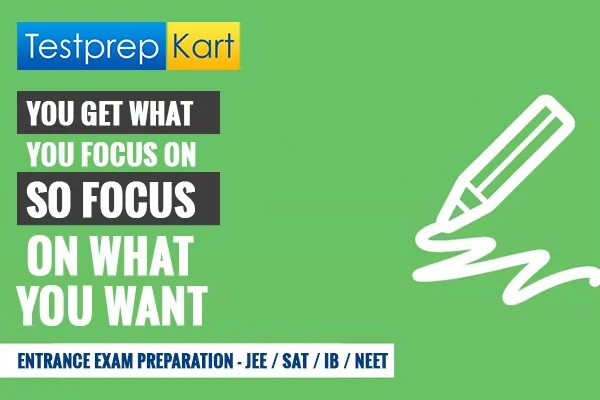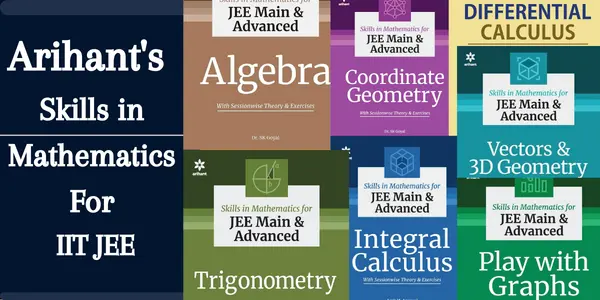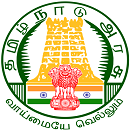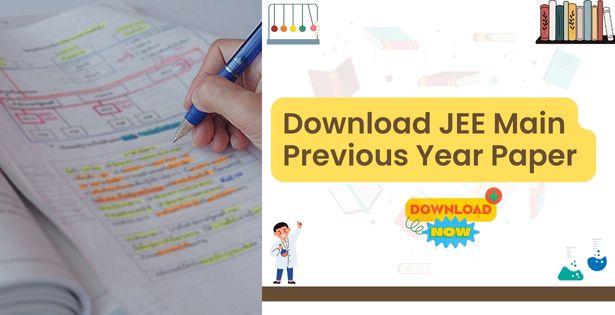About D And F Block Element, Download Notes
What Is D Block Element?
D-block elements: The d-block elements are located in the middle of the periodic table and occupy Groups 3 to 12. These elements have their outermost electrons in the d orbital, which can accommodate a maximum of 10 electrons. The d-block elements include well-known elements such as iron (Fe), copper (Cu), zinc (Zn), silver (Ag), and gold (Au). These elements are known for their characteristic properties, such as the ability to form multiple oxidation states, exhibit colorful compounds, and often serve as catalysts in chemical reactions. They also have high melting points, good conductivity, and play vital roles in the formation of alloys.
What Is F Block Element?
F-block elements: The f-block elements are located at the bottom of the periodic table and are separated from the rest of the elements. They consist of two series: the lanthanides and actinides. The lanthanides are the elements from atomic number 57 (lanthanum, La) to 71 (lutetium, Lu), while the actinides are the elements from atomic number 89 (actinium, Ac) to 103 (lawrencium, Lr). The f-block elements have their outermost electrons in the f orbital, which can accommodate a maximum of 14 electrons. The f-block elements are known for their unique electronic configurations, radioactive properties, and their involvement in nuclear reactions. Some notable elements in the f-block include uranium (U), plutonium (Pu), and curium (Cm).
Table of Content
1. D-Block Elements: Introduction.
2. Physico - Chemical Properties of d-Block Elements.
3. Some Compounds of d-Block Elements.
4. Iron and Its Compounds.
5. Copper and Its Compounds.
6. Silver and Its compounds.
7. Gold and Its Compounds.
8. Mercury and Its Compounds.
9. Zincs and Its Compounds.
10. Tin and Lead.
11. Lanthanides and Actinides.







.webp)
%20(1).png)






 CUSAT CAT (Cochin University of Science ...)
CUSAT CAT (Cochin University of Science ...) MHT CET (Maharashtra Common Entrance Tes...)
MHT CET (Maharashtra Common Entrance Tes...) KCET (Karnataka Common Entrance Test...)
KCET (Karnataka Common Entrance Test...) JEE Advanced (Joint Entrance Examination...)
JEE Advanced (Joint Entrance Examination...) TNEA (Tamil Nadu Engineering Admissions...)
TNEA (Tamil Nadu Engineering Admissions...) SRMJEEE (SRM Joint Engineering Entrance ...)
SRMJEEE (SRM Joint Engineering Entrance ...) WBJEE (West Bengal Joint Entrance Examin...)
WBJEE (West Bengal Joint Entrance Examin...).webp) GUJCET (Gujarat Common Entrance Test...)
GUJCET (Gujarat Common Entrance Test...) BITSAT (Birla Institute of Technology an...)
BITSAT (Birla Institute of Technology an...) VITEEE (Vellore Institute of Technology ...)
VITEEE (Vellore Institute of Technology ...)



%20(1).png)
